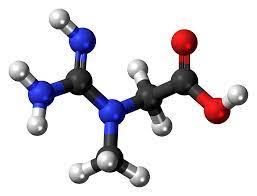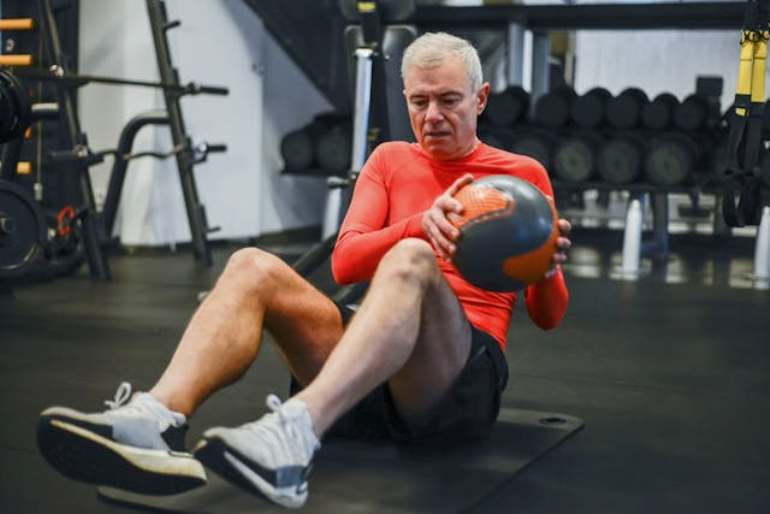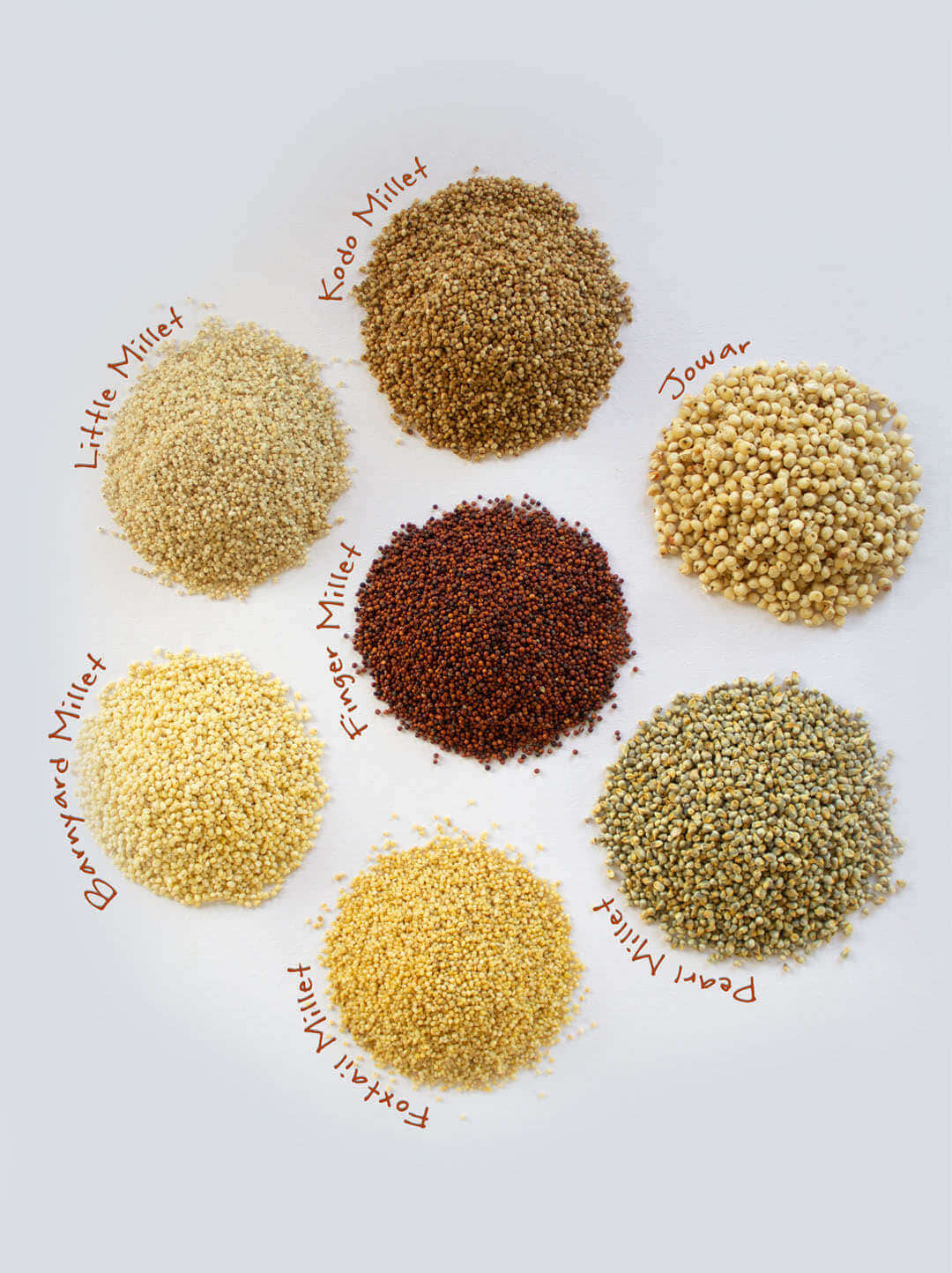Creatine Supplementation-Powerful

Creatine Supplementation-Powerful
Creatine, arguably the most popular sports supplement in the world is also the most vilified. There are so many urban legends surrounding it that it can leave most people confused, sceptical or outright scared from using it. Because of its immense popularity there had been lot of controlled studies done on the dosage, benefits and potential side effects (if any) of creatine. So let me try to deconstruct the product so that you can make an informed choice on whether it might be of use to you.
Creatine is a compound made primarily in the liver, kidneys and pancreas of all humans (actually all vertebrates and many invertebrates) from the amino acids Arginine, Glycine and Methionine. It is an energy substrate and stored in the body as phosphocreatine and has a critical role in energy production and cell metabolism.
Creatine is available from animal sources; fish and meat has decent quantities of it. There are many supplemental forms of creatine available; notable among them are Creatine Monohydrate, Creatine Nitrate, and Creatine Ethyl Ester. The most effective, tested and widely used form is Creatine Monohydrate.
Creatine supplementation has many potential benefits for athletes including power generation and increasing muscle mass. However unknown to most, creatine also has neuro and cardio protective benefits. Creatine supplementation is being increasingly used and considered to alleviate various aging related disorders including Parkinson’s and Alzheimer’s. Supplementing with creatine has also shown improvement in brain function including memory and cognition. Active research is ongoing on other potential applications of supplemental creatine.
Most trainers and fitness enthusiasts are however still not sure about creatine. The reason being, that there are lot of myths surrounding it. The International Society of Sports Nutrition (ISSN) in a 2017 review publication on creatine states “short and long-term supplementation (up to 30 g/day for 5 years) is safe and well-tolerated in healthy individuals and in a number of patient populations ranging from infants to the elderly. Moreover, significant health benefits may be provided by ensuring habitual low dietary creatine ingestion (e.g., 3 g/day) throughout the lifespan”. It may be prudent to add that any supplement is only intended to be used by healthy individuals with no known medical conditions.
Apart from increasing power output and muscle size in athletes, it can delay onset of muscle fatigue by reducing lactate production. In simpler terms you would be able to lift heavier, longer. Studies also reveal that creatine supplementation can prevent injury prevention, improve recovery time. Creatine supplementation can help strength, power athletes and those sports which require bouts of intermittent high intensity activity.
Creatine should be ideally taken with food, preferably carbohydrate based. The absorption is enhanced and the cells are better able to assimilate the creatine. Though there is no particular time to have it, I prefer it post training with some sort of High G.I. (fast digesting) carbohydrate like glucose. Creatine can be taken by a “loading” process; where you are taking approximately 0.3grams per kilogram of body weight of creatine per day for a period of 5-7 days. Thereafter you consume 0.03grams per kilogram of body weight of creatine per day. Of course, some athletes with high training loads and proportionally larger muscle mass may need to increase the dosage.
Creatine is one of the few supplements that actually show ergogenic or performance enhancing properties. Whereas most supplements available in the market do not work, creatine does. It can be a handy asset to athletes and fitness enthusiasts. People with hypertension, renal and liver disease should exercise caution and take it only on clearance from their doctor. There is no evidence to suggest that it has any adverse effects in otherwise healthy active adults and it can be safely incorporated in your athletic performance program



